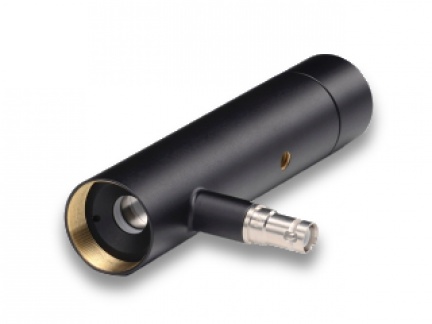In photonics, the external photoeffect causes electrons to be released from the photocathode after the photons have fallen. The released charge carriers move towards the anode by the effect of an accelerating voltage applied to the cathode. There is virtually no fluctuation in the output signal of the photocurrent even when the ambient temperature changes. In addition, they have relatively large photosensitive areas compared to most semiconductor detectors.
Hamamatsu photodetectors can be used to detect radiation from the VUV (115 nm) to the near-infrared region of the spectrum. In addition to standard photonics, biplanar photonics are also available to reproduce very short light pulses with high accuracy.
Key features
- High sensitivity and stability
- wide dynamic range
- excellent temperature stability
- large photosensitive area
- low voltage operation



